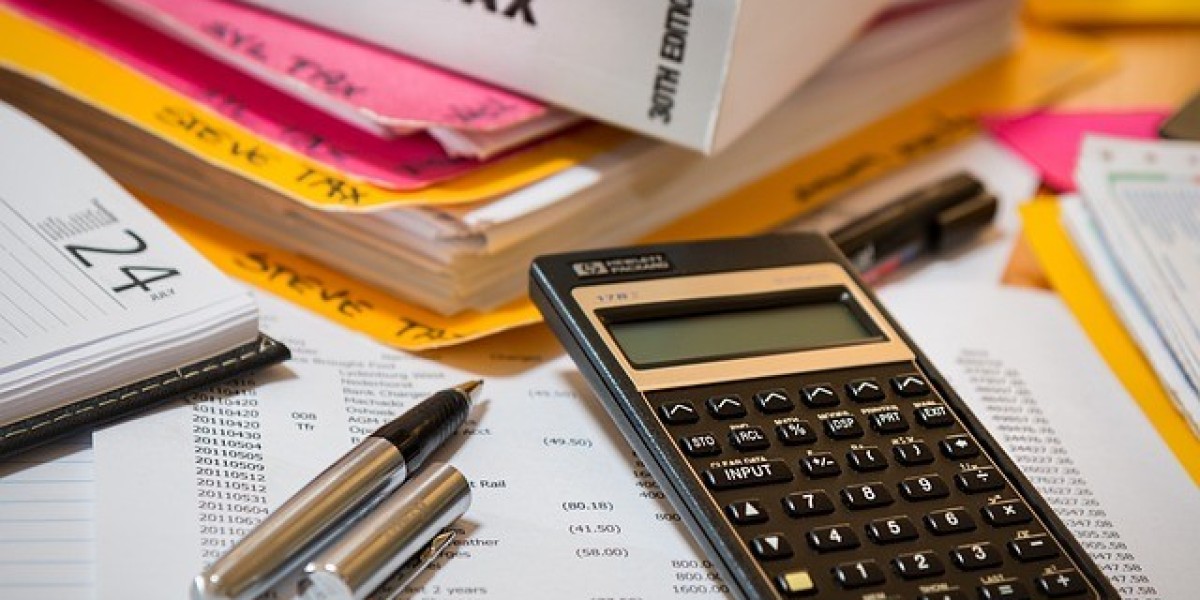Cryptocurrency wallets play a crucial role in managing digital assets, but even the most experienced users can make mistakes that put their funds at risk. Whether you are a beginner or a seasoned investor, using the most secure crypto wallet and following best practices is essential to safeguarding your assets. In this article, we will explore common crypto wallet mistakes and how to avoid them to ensure you have a secure crypto wallet that keeps your funds protected.
1. Not Using a Secure Wallet
One of the biggest mistakes crypto users make is choosing an insecure wallet. Many opt for convenience over security, using hot wallets without proper security measures. To protect your funds, always choose the most secure crypto wallet that offers strong encryption, multi-factor authentication, and private key control. Hardware wallets are often considered the safest option for long-term storage.
2. Failing to Back Up Your Wallet
Losing access to your crypto wallet due to a forgotten password, damaged device, or lost private key can be devastating. Many users make the mistake of not backing up their wallets properly. Ensure you store your seed phrase and private keys in a secure, offline location. Avoid keeping backups on cloud storage or online platforms where they can be easily hacked.
3. Falling for Phishing Scams
Phishing scams are a common threat in the crypto space. Hackers create fake websites, emails, or apps that mimic legitimate wallets to steal user credentials. Always double-check URLs, avoid clicking on suspicious links, and never share your private keys or seed phrase with anyone. A secure crypto wallet will provide anti-phishing measures to help protect against these attacks.
4. Using Public Wi-Fi for Transactions
Accessing your crypto wallet on public Wi-Fi networks can expose your data to hackers. Public networks are often unsecured, allowing cybercriminals to intercept sensitive information. To prevent this, use a VPN when accessing your wallet online or stick to secure, private networks.
5. Storing Crypto on Exchanges for Long Periods
Many users leave their funds on cryptocurrency exchanges, assuming their assets are safe. However, exchanges are prime targets for hackers, and if the exchange is compromised, your funds could be lost. Instead, transfer your assets to a secure crypto wallet where you have full control over your private keys.
6. Not Enabling Two-Factor Authentication (2FA)
Two-factor authentication (2FA) adds an extra layer of security to your wallet by requiring a second verification step. Some users neglect this feature, making their accounts more vulnerable to unauthorized access. Always enable 2FA on your wallets and exchange accounts to enhance security.
7. Ignoring Software Updates
Crypto wallets, like any software, require regular updates to fix security vulnerabilities and improve functionality. Failing to update your wallet software leaves it exposed to security flaws that hackers can exploit. Always keep your wallet software, operating system, and security tools up to date.
8. Reusing or Weak Passwords
Using weak or reused passwords for your crypto wallet increases the risk of unauthorized access. Hackers can easily crack weak passwords through brute-force attacks. To secure your funds, use a strong, unique password with a combination of letters, numbers, and special characters. Consider using a password manager to keep track of complex passwords.
9. Not Verifying Wallet Addresses
Crypto transactions are irreversible, meaning sending funds to the wrong address results in permanent loss. Some malware programs even alter copied addresses to redirect funds to hackers. Always double-check the recipient's address before confirming a transaction and consider using QR codes for accuracy.
10. Overlooking Multi-Signature Wallets
Multi-signature (multi-sig) wallets require multiple approvals before transactions can be completed, adding an extra layer of security. Many users overlook this feature, relying solely on single-key wallets, which are more vulnerable to hacks. If you manage large amounts of crypto, consider using a multi-signature setup for enhanced security.
11. Keeping All Crypto in One Wallet
Diversification is not just important for investments but also for wallet security. Storing all your assets in a single wallet increases the risk of losing everything in case of a security breach. To minimize risk, use multiple wallets for different purposes—such as a hardware wallet for long-term storage and a hot wallet for daily transactions.
12. Sharing Wallet Details on Social Media
Publicly sharing information about your crypto holdings, wallet balances, or even showing parts of your seed phrase can make you a target for hackers and scammers. Always keep your wallet details private and avoid discussing your crypto holdings online.
13. Ignoring Security Best Practices
Many users fail to educate themselves on wallet security best practices, making them more susceptible to attacks. Take the time to research security measures, read wallet guides, and stay updated on emerging threats in the crypto space.
Conclusion
Avoiding these common mistakes can help you maintain a secure crypto wallet and protect your digital assets from theft and fraud. Choosing the most secure crypto wallet, enabling security features like 2FA, keeping software updated, and following best practices can make a significant difference in safeguarding your funds. In the fast-evolving world of cryptocurrency, staying vigilant and proactive is the key to keeping your investments safe.









